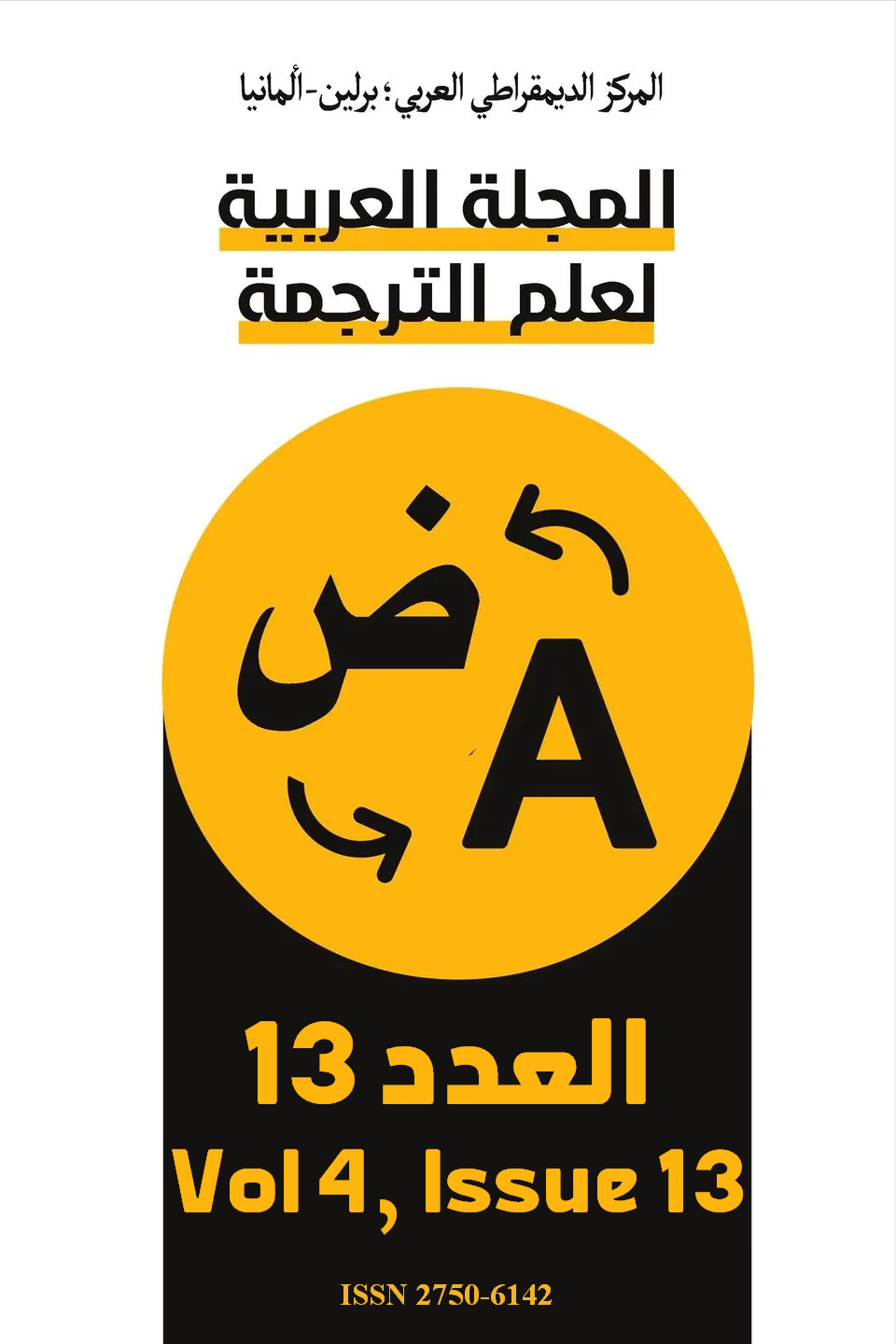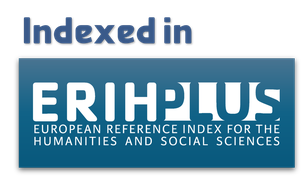Linguistic Characteristics of the Legal Rule
DOI:
https://doi.org/10.63939/ajts.fq9fz480Keywords:
Legal Rule, Language of Generalization, Language of Abstraction, Formality, Linguistic FormulationAbstract
Law consists of a set of general and abstract rules that regulate individual behavior in society. However, certain laws apply to specific segments of the population rather than to everyone. For example, private international law governs foreigners residing in a state; electoral law applies to citizens who have reached voting age; investment law applies to investors and related entities such as banks; and banking law specifically regulates banks and financial institutions. Despite differences in scope, these laws share a common formal structure, typically composed of articles and clauses, which are referred to in legal theory as legal rules.
A legal rule represents the most basic normative element of the law. Its language differs from that of other scientific texts, whether in psychology, sociology, the social sciences, or the natural sciences. This distinction lies in its generality, abstraction, and formalism. Legal rules aim to establish the supremacy of law over individuals - supremacy derived from the constitution, which is based on the will of the people. In addition, legal rules seek to protect rights and freedoms, impose obligations, and maintain public order. When public order is disrupted by individual actions, judicial authorities intervene to address the resulting harm. Accordingly, the legal rule distinguishes itself from other types of texts through specific linguistic characteristics, such as formality, generality, and abstraction. Why, then, does the quality of legal drafting depend on the effectiveness of these characteristics? This is the question we shall examine through analysis, inference, and description, drawing upon real-world practice.
Downloads
References
- Al-Hefni, A. M. (1990). Philosophical Dictionary. Cairo: Al-Dar Al-Sharqiyyah
- Almaany. Almaany Arabic English English Arabic Online Dictionary. Retrieved 06-04-2025, from Almaany: https://www.almaany.com/ar/dict/ar-ar/
- Almaany. Jard Entry Arabic Arabic Dictionary. Retrieved 06-07-2025, from Almaany: https://www.almaany.com/ar/dict/ar-ar/جرد/
- Al-Sarraf, A., & Hazboun, G. (2022). Introduction to the Science of Law. Amman: Dar Al-Thaqafa for Publishing and Distribution
- Ghoneim, M. E.-S. (2023). The Professional Guide for the Language Proofreader (2nd Ed.). Makawi Academy for Linguistic Training
- Hassanein, A. T., & Shehata, H. (2004). Rules of Arabic Orthography: Between Theory and Application. Maktabat al-Dar al-Arabiyyah lil-Kitab
- Jamous, D. A. (2021). The Legal Rule and Its Characteristics. Retrieved 06-12-2025, from Wadaq Legal Encyclopedia: https://wadaq.info/
- Latreche, A. (2020). Methodologies within the Framework of the Schools of Interpretation. Tlemcen: University of Tlemcen
- Ramadan, A. A. S. (1986). Introduction to Law with Special Reference to Egyptian and Lebanese Law. Alexandria: University House
- Ramdhane, K. (2022). The Generalization of the Use of the Arabic Language in Algeria: Between Official Texts and the Challenges of Reality. Journal of Integration, 6(14), 117-139
- Zayour, A. (1986). Arab Philosophical Encyclopedia. Beirut: Arab Development Institute
Downloads
Published
Issue
Section
License

This work is licensed under a Creative Commons Attribution-NonCommercial 4.0 International License.
As an open-access the journal follows the CC BY-NC 4.0 Attribution-NonCommercial 4.0 International which states that:
- you are free to:
- Share— copy and redistribute the material in any medium or format.
- Adapt— remix, transform, and build upon the material.
- Under the following terms:
- Attribution— You must give appropriate credit, provide a link to the license, and indicate if changes were made. You may do so in any reasonable manner, but not in any way that suggests the licensor endorses you or your use.
- NonCommercial — You may not use the material for commercial purposes.
- No additional restrictions — You may not apply legal terms or technological measures that legally restrict others from doing anything the license permits.












